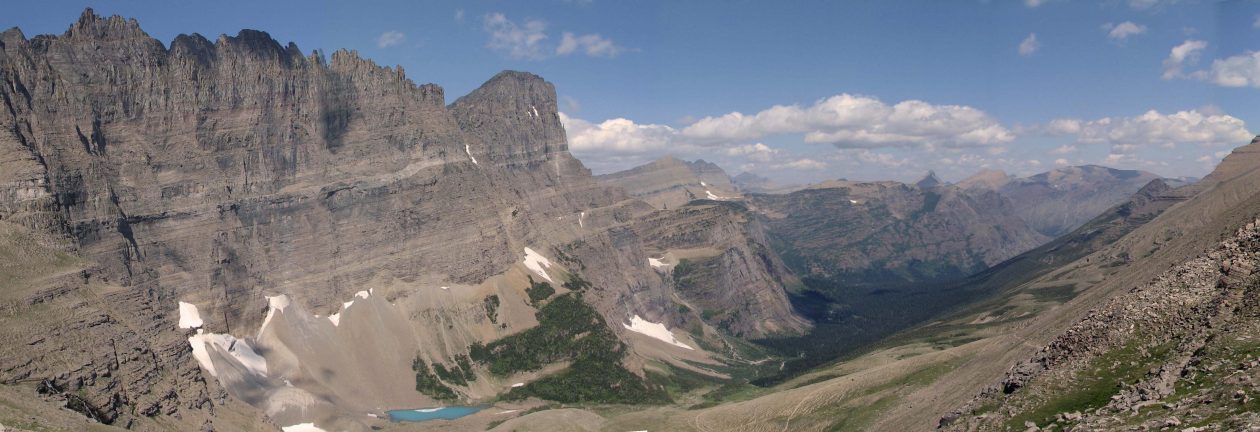Venice, Italy
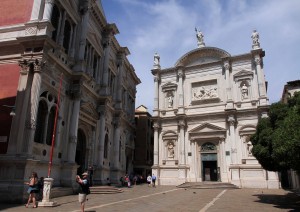
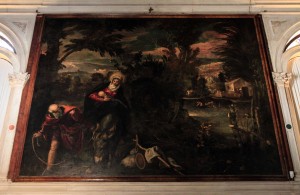
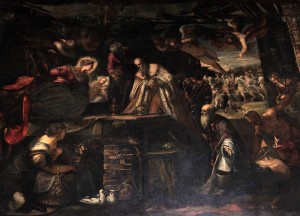
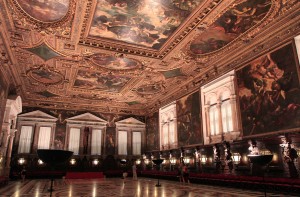
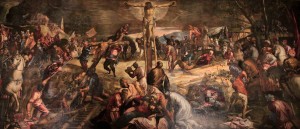
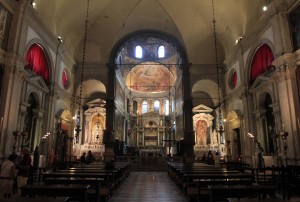
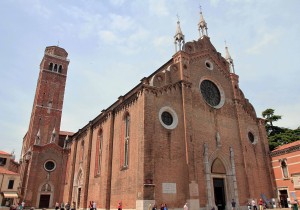
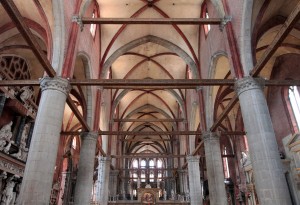
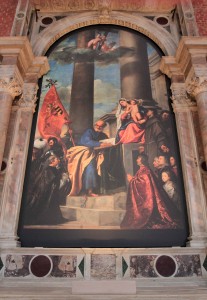
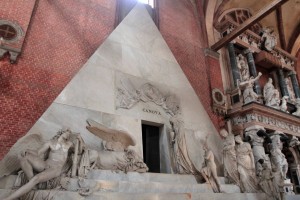
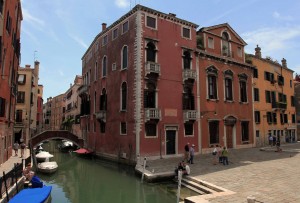
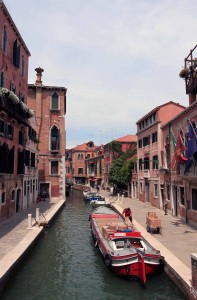
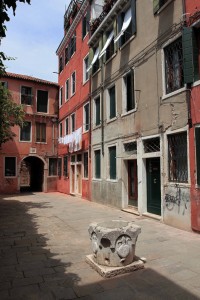
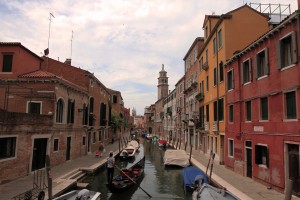
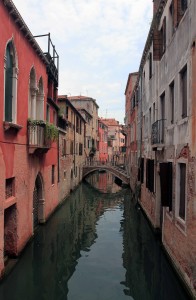
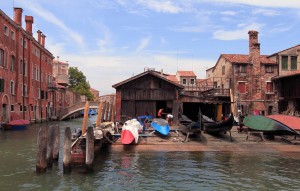
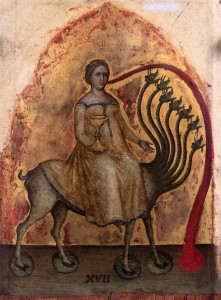
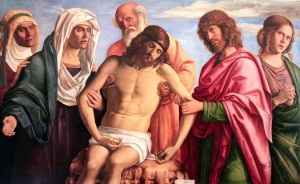
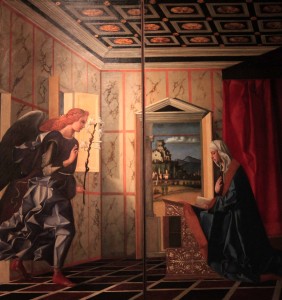
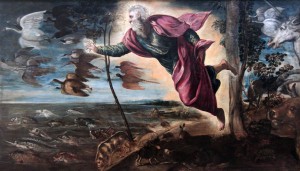
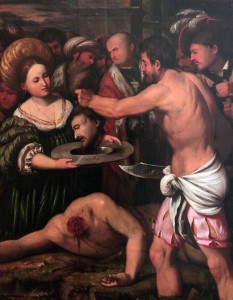
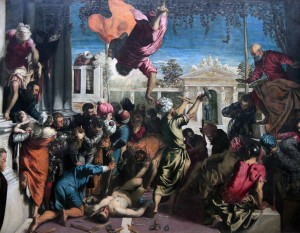
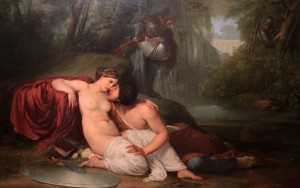
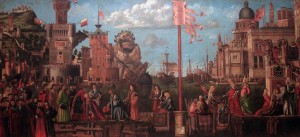
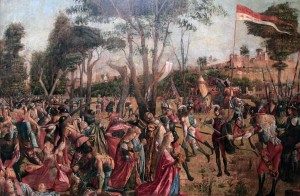
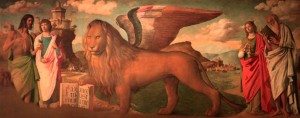
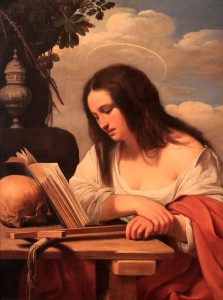
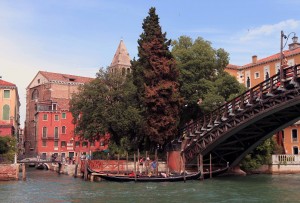
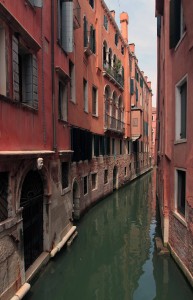
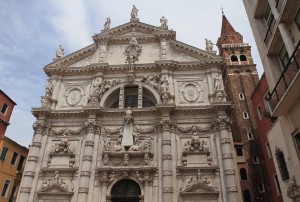
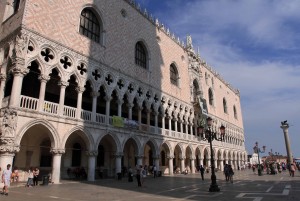
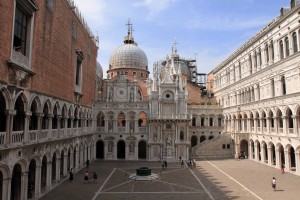
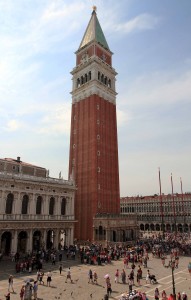
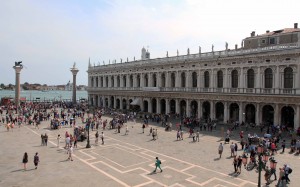
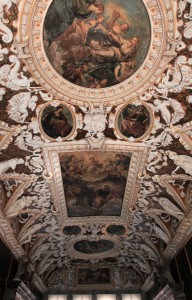
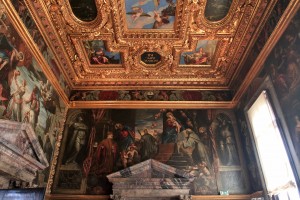
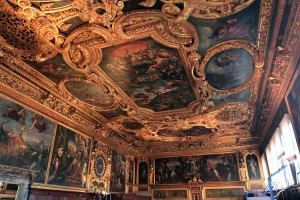
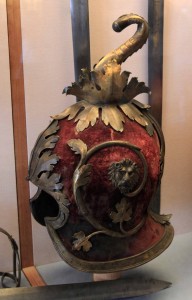

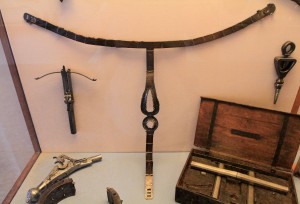
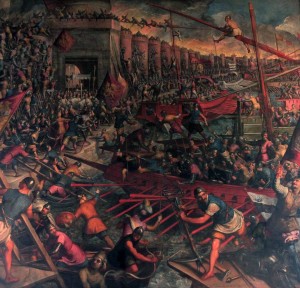
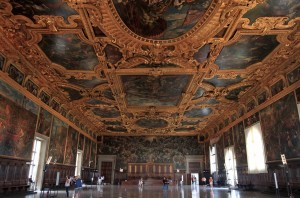
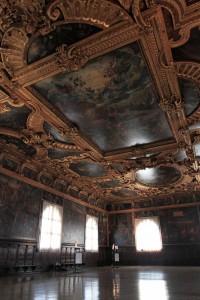
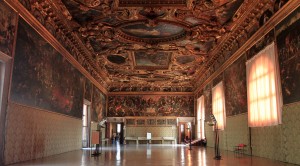
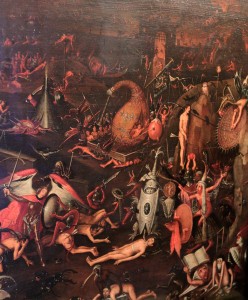
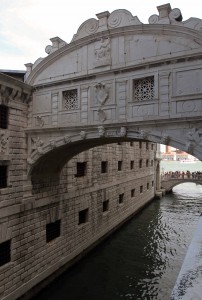
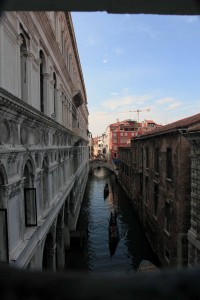
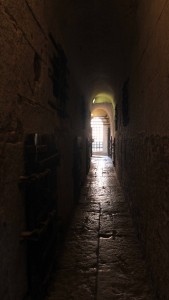
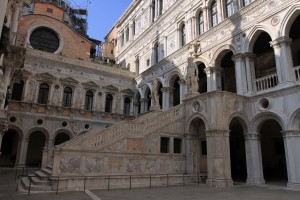
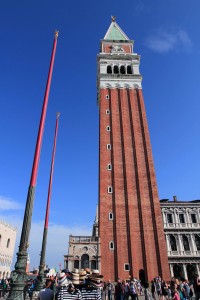
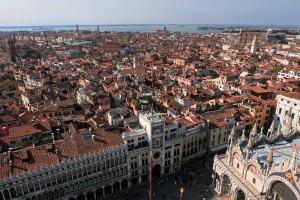
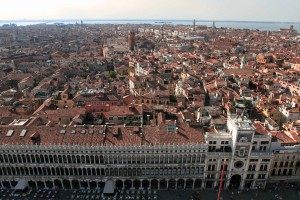
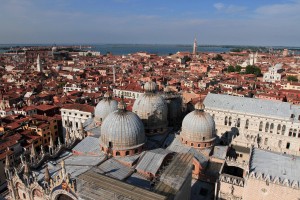
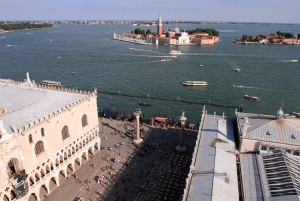
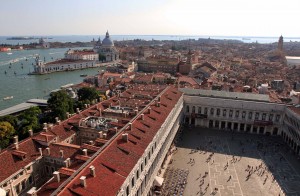
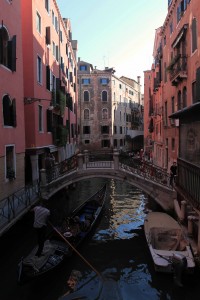
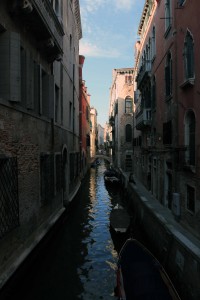
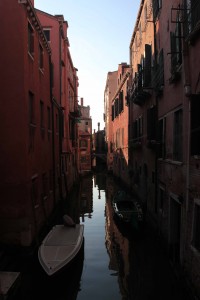
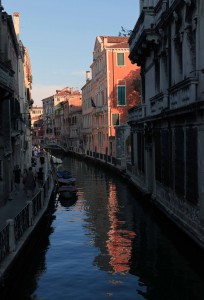
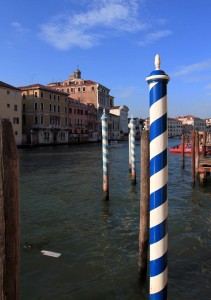
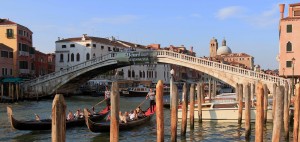
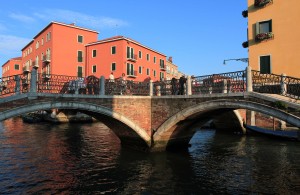
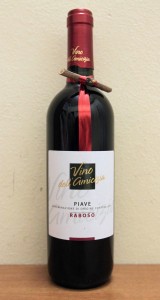
I woke up around 09:00 today (about three hours later than I had hoped), showered, dressed, grabbed my photography equipment, and walked out of the hotel at 10:00. I made my way through the narrow streets and across the many canals to the Scuola Grande di San Rocco, a building completed in 1560 AD that has two large halls (one on the ground floor and one on the first floor, as well as a small treasury on the third floor), which contain a number of masterworks by Tintoretto, who was commissioned to provide paintings for the Scuola; all the works in the building are by Tintoretto, or his assistants, (including his son Domenico) and were executed between 1564 and 1587 AD. Upon reaching the Scuola, I paid for my ticket, entered inside, and began to study the artwork on the ground floor hall, the “Sala Terra”; I then moved up to the first floor hall, the “Sala Superiore” (a fabulous hall with some well-done and interesting wooden sculptures, a fantastic ceiling, and many great paintings on the walls). I eventually made my way up to the treasury and looked at the reliquaries and liturgical instruments on display. After touring the entire Scuola Grande di San Rocco, I exited the building and stopped inside the adjacent Church of Saint Roch (“Chiesa di San Rocco”), which was built between 1489 and 1508 AD by Bartolomeo Bon the Younger, but was substantially altered in 1725 AD. I viewed the various artworks inside this church before moving on to the next site on my itinerary. Next, I walked to the Basilica di Santa Maria Gloriosa dei Frari, a large church dedicated to the assumption that was built in 1338 AD (the campanile, the second tallest in the city after that of San Marco, was completed in 1396 AD). I viewed the many great artworks (sculptures and paintings – two paintings, the ‘Assumption’ and ‘Pesaro Madonna’, were created by Titian), the choir stalls, altar, and funerary monuments inside the church. Once done, I exited the church and walked to the Gallerie dell’Accademia, on the south bank of the Grand Canal; the museum was established in 1750 AD and contains many, many great works of art from the fourteenth-century AD to the present (one such work is ‘Vitruvian Man’ by Leonardo da Vinci; however, this work was not publicly displayed when I visited the museum’s collection). I walked through all the open galleries and viewed each painting inside; there were some great works by Titian, Tintoretto, Veronese, Carpaccio (e.g. his ‘Cycle of St. Ursula’), Bellini, etc. This museum was well worth my time and I thoroughly enjoyed most of it. There was also an exhibition of works by Mario Merz (a modern artist who used everyday objects and neon lights) on the ground floor; however, I cared not for his junkyard assemblage and none of it stood up to the talented creations I had just viewed on the first floor by all those pre-twentieth-century AD artists (I once had a math teacher who had aspired to become an artist but gave up on that dream when he discovered that the art profession had been taken over by a bunch of talentless hacks; honestly, taking a log and putting a neon light on it is bullshit and I believe many self-proclaimed artists use these unusual compositions out of laziness and then try to cover it up under the guise of some sort of profound, avant-garde high-art; when the early twentieth-century AD artists did these things (like in Dadaism), it was new and highly unusual, but now it is so common place I can’t believe anyone is still enthralled by such nonsense; I sincerely hope that the art community learns to acknowledge true talent again and reserves exhibitions to those more deserving artists). Anyway, after touring the museum, I wandered around Venice some more before coming to the Church of Saint Moses (“Chiesa di San Moisè”), which was built in the eighth-century AD and is dedicated to Moses; outside the church is a baroque façade that dates to 1668 AD; inside, is a great altarpiece, created by the sculptor Meyring, that depicts Moses at Mount Sinai receiving the Ten Commandments; this is highly unusual for a Christian church since every other church I had visited usually has a depiction from the Gospels or the Assumption of the Virgin Mary behind the altar; in fact, I am so used to seeing Christ Crucified that it was a bit of a shock to see Moses on Mount Sinai with Christ nowhere to be found (too bad photography was not allowed inside). After visiting the church, I walked to Piazza San Marco and entered inside the Doge’s Palace (“Palazzo Ducale”). After buying my museum pass, I walked to the courtyard inside the palace and then up to the first floor, where there was an exhibit on the Royal Guardia di Finanza, which focused on their role during World War I, as well as touching on their history before and after (noticeably absent was any mention of their role during World War II – is Italy’s history during the reign of Il Duce that embarrassing?). I then continued my visit on the next level, passing through some grand rooms with decorative ceilings and paintings. Next, I passed through a collection of armor and weapons (there were some unique weapons, like a mace with a pistol built on its side, and there was even an old chastity belt with metal claws to tear up any possible intruders). I continued my tour through two very large and magnificent halls (the largest, the “Chamber of the Great Council,” measures 53 meters long and 25 meters wide; it is not only the largest room in the palace, but one of the largest rooms in all of Europe), before coming to the interrogation rooms and the Bridge of Sighs (an enclosed bridge with two corridors that was used to take prisoners from the interrogation rooms in the palace, across the Rio di Palazzo canal, and in to the prison on the other side). I walked across the Bridge of Sighs and walked around the New Prison (“Prigioni Nuove”), before returning to the palace via the bridge. Then, after viewing the Giants’ Staircase, I exited the palace and walked to Saint Mark’s Campanile (standing tall in the square at 98.6 meters) and waited in line to buy a ticket and take the elevator up to the top. Once at the top, I had great views of Venice in its entirety and I made sure to take it all in. When done, I rode the elevator back down and returned to the square. At this point in time (after 17:30), it was too late to see Saint Mark’s Basilica (having closed its doors at 17:00) or any other museums for that matter; so, I strolled back toward the hotel, taking many photographs of the various canals along the way. Once I had made it back to the hotel (at 19:30), I received directions to the nearest ATM and supermarket. With little time to waste (since the market was to close at 20:30, I walked out to the ATM at the bus stop, grabbed some more euros, and then walked to the supermarket, where I bought a bottle of Italian red wine, cheese, and pistachios. I then walked to a nearby restaurant and had, for dinner, a seafood starter plate (with clams, mussels, cuttlefish, tiny shrimp, and sardines), gnocchi in tomato sauce with parmesan cheese, and a one liter glass of draught beer. After dinner, I returned to the hotel room, went through the photographs I had taken, ate the pistachios and cheese I had just bought, and drank the red wine, which was made from Raboso grapes and had earthy, cherry, and berry flavors, as well as a high tannin content. After finishing the wine, I then went to sleep, around 01:00.
